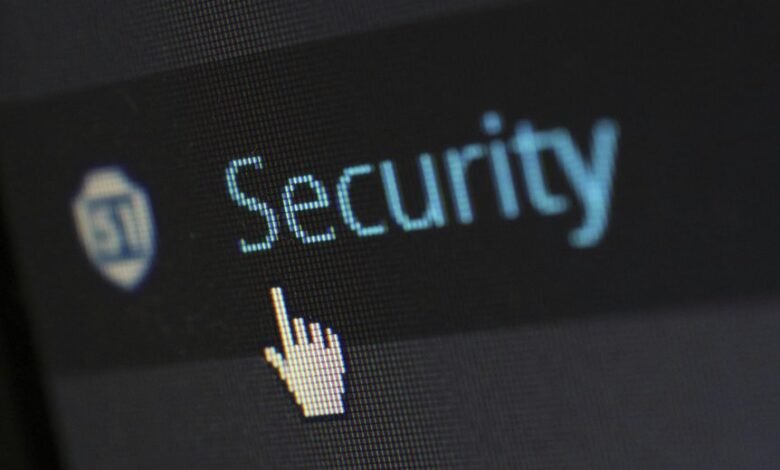Suspicious Communication Authority Integrity Protection Network 3288060121 3318860809 3312413355 3509962077 3883997406 3208839366

The Suspicious Communication Authority Integrity Protection Network encompasses several critical codes, including 3288060121 and 3318860809. This network is integral to maintaining the integrity of digital communications. By employing advanced detection mechanisms, it addresses potential cyber threats effectively. The implications for user trust and data fidelity merit further exploration. Understanding the specific functions and methodologies of this network could reveal essential insights into contemporary communication security challenges.
Understanding the Role of the Suspicious Communication Authority
The Suspicious Communication Authority (SCA) serves as a critical entity in the landscape of digital communication security.
Its authority functions include monitoring for suspicious signals that threaten the integrity of information exchanges.
Key Mechanisms of Integrity Protection
Ensuring the integrity of communication involves several key mechanisms designed to detect and mitigate potential threats.
Integrity checks serve as vital tools, verifying that data remains unaltered during transmission. Coupled with robust data validation processes, these mechanisms ensure that only authentic information is processed.
Together, they fortify communication systems, safeguarding against unauthorized modifications and maintaining user confidence in data reliability and security.
The Impact of Cyber Threats on Communication Networks
While communication networks are essential for the seamless exchange of information, their vulnerability to cyber threats poses significant risks that can compromise data integrity and user trust.
Effective cyber resilience strategies, including the deployment of sophisticated threat detection tools, are crucial in mitigating these threats.
Failure to implement such measures can lead to data breaches, service disruptions, and a profound erosion of public confidence.
Best Practices for Ensuring Communication Security
Effective communication security measures are necessary to safeguard networks against the increasing sophistication of cyber threats.
Employing robust encryption techniques ensures that data remains confidential, while implementing secure protocols mitigates vulnerabilities during transmission.
Regularly updating security systems and conducting risk assessments further fortifies defenses.
These best practices empower organizations to maintain integrity and confidentiality, fostering an environment conducive to freedom and trust in communication.
Conclusion
In an era where digital communication is increasingly vulnerable to manipulation, the role of the Suspicious Communication Authority’s Integrity Protection Network becomes paramount. As threats evolve and cyber adversaries become more sophisticated, the efficacy of the SCA’s mechanisms will be tested. Will they stand firm against the relentless tide of deceit? The stakes are high, and the future of secure communication hangs in the balance, leaving users to ponder the true integrity of their shared information.





